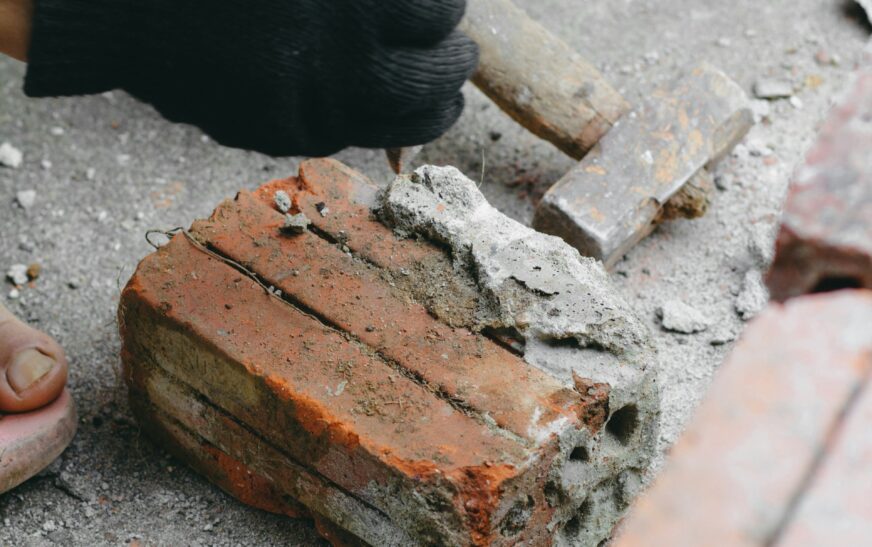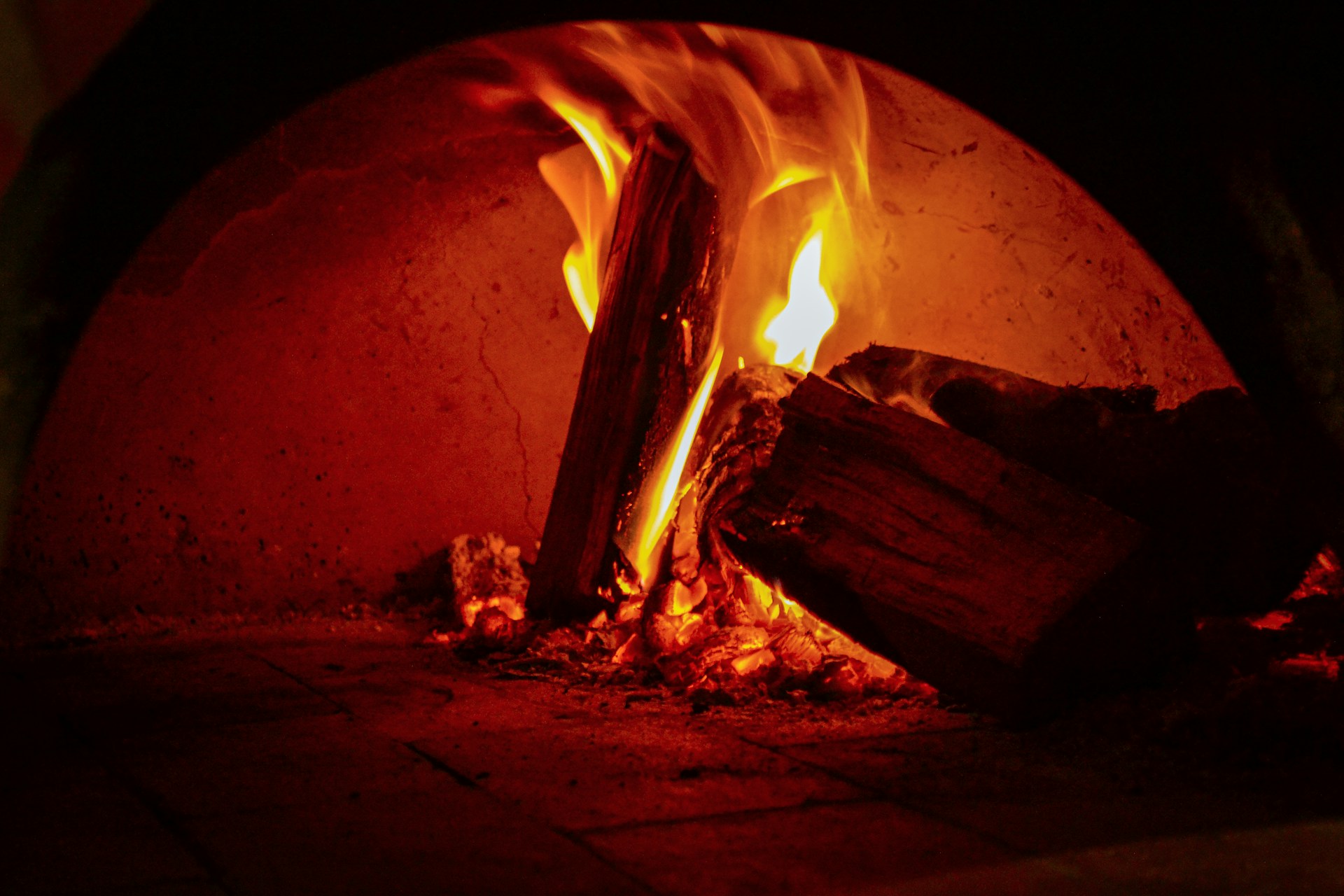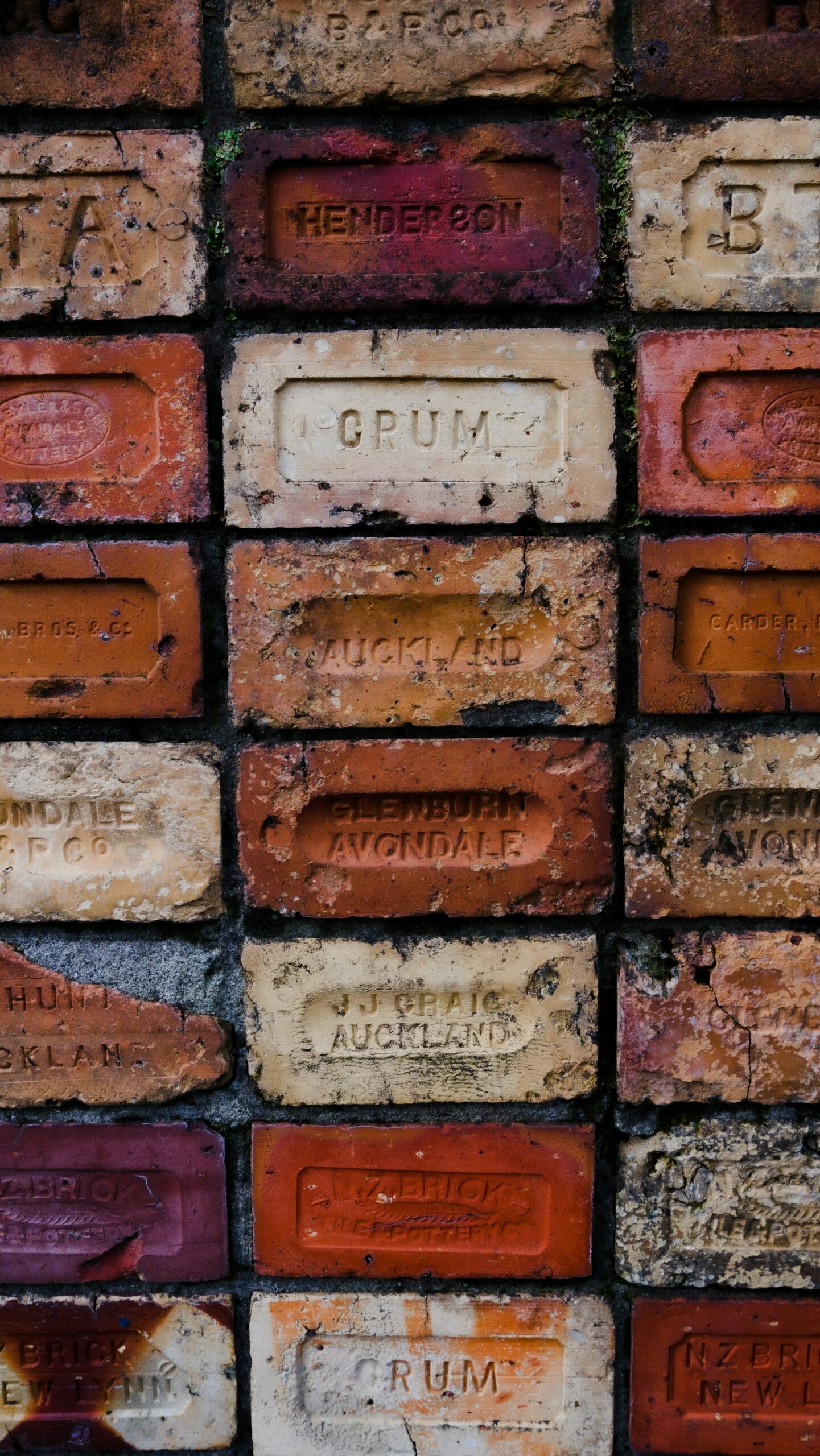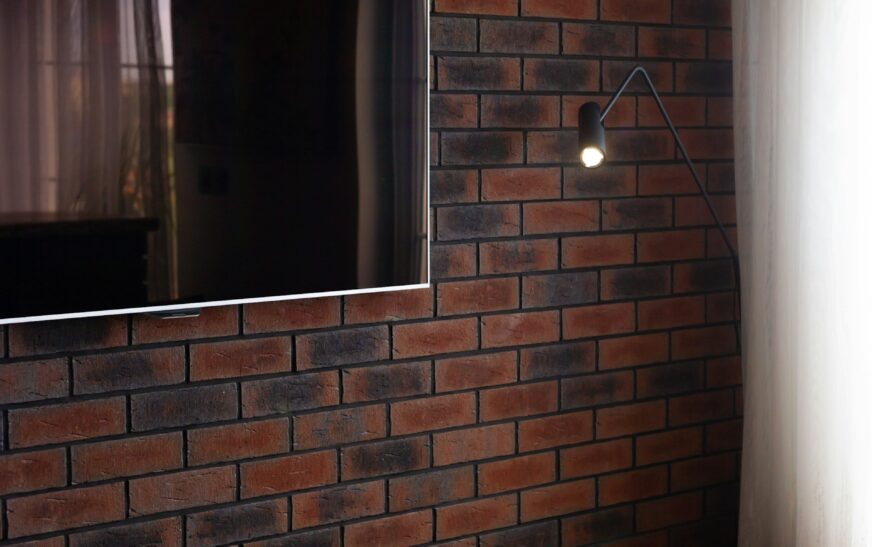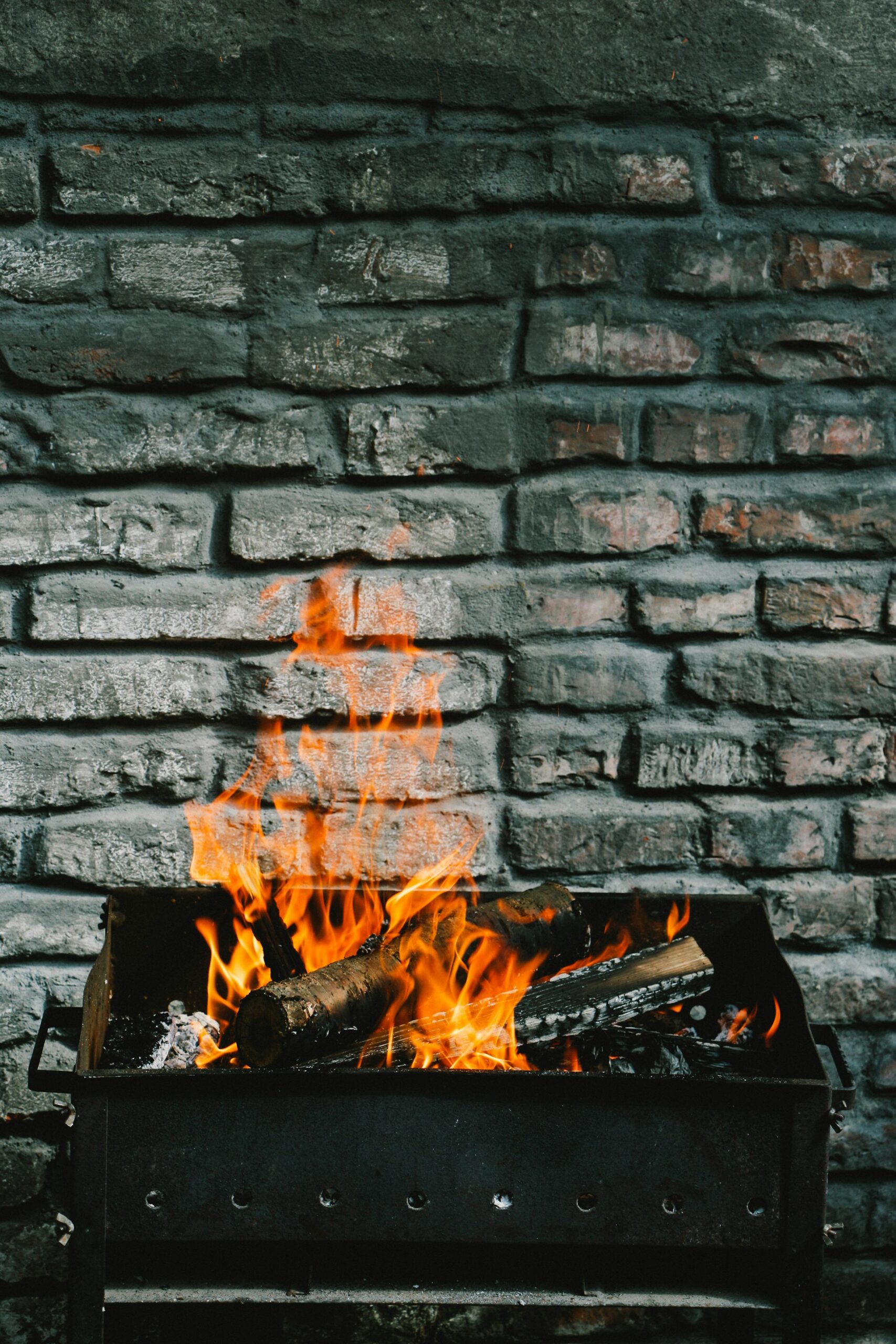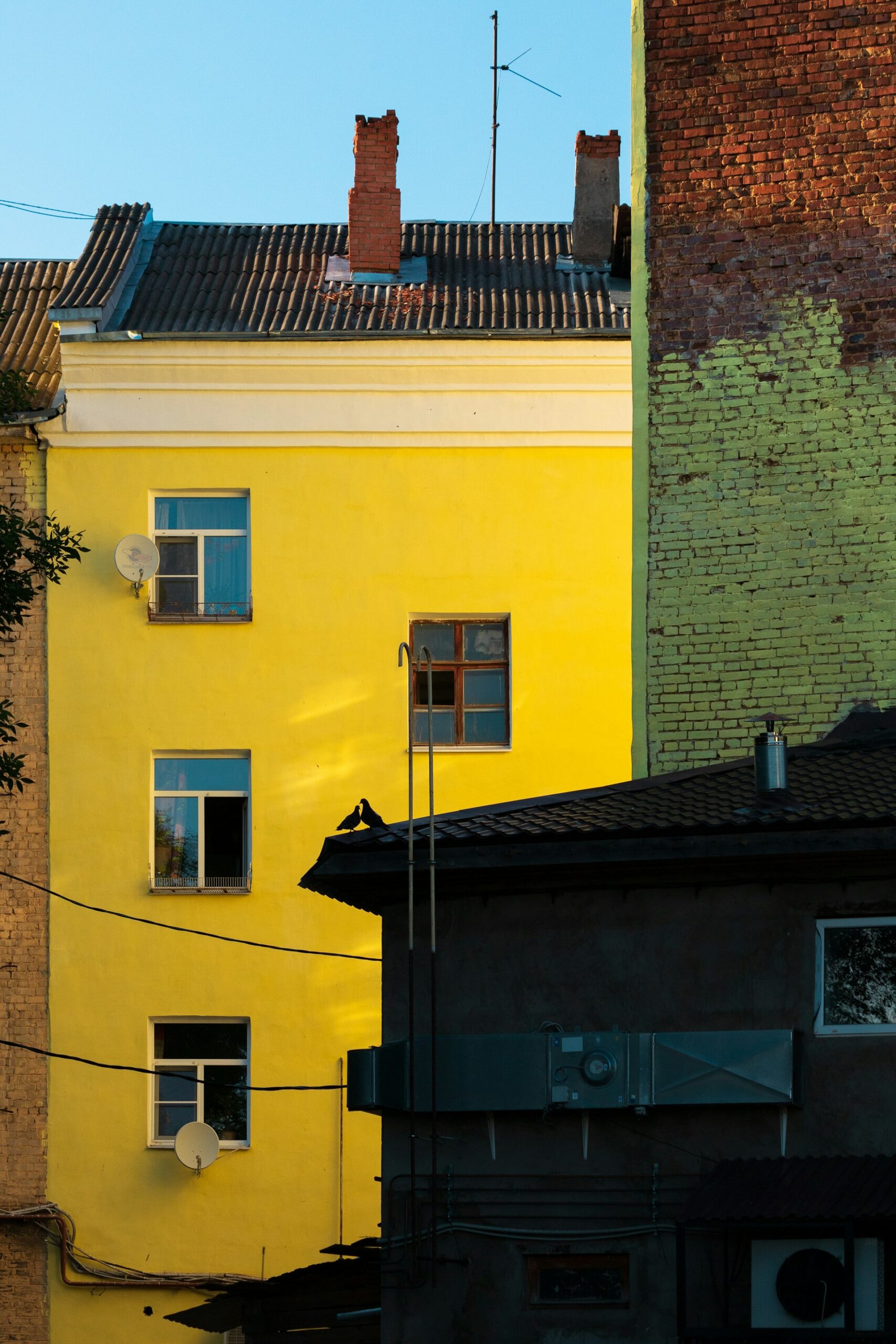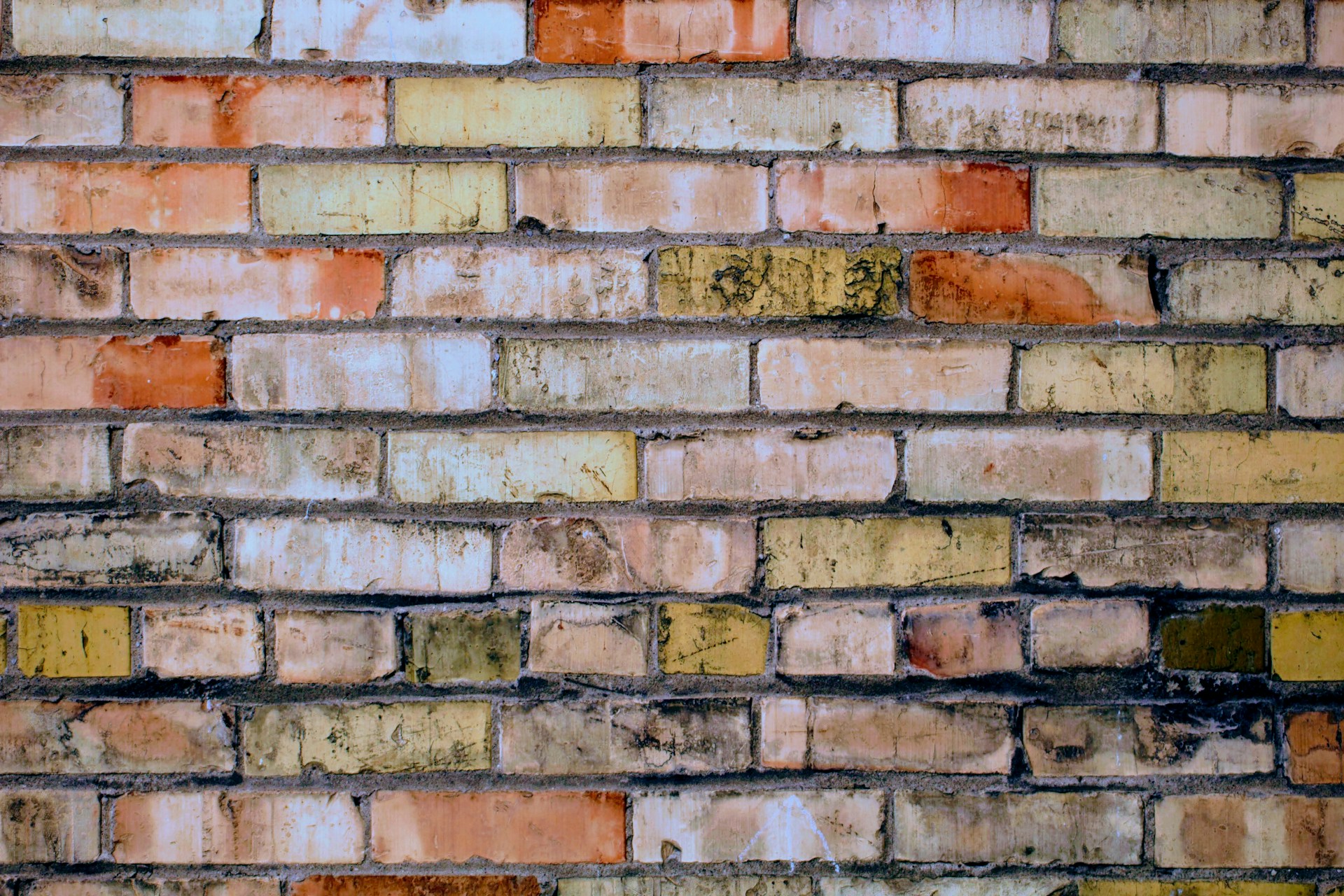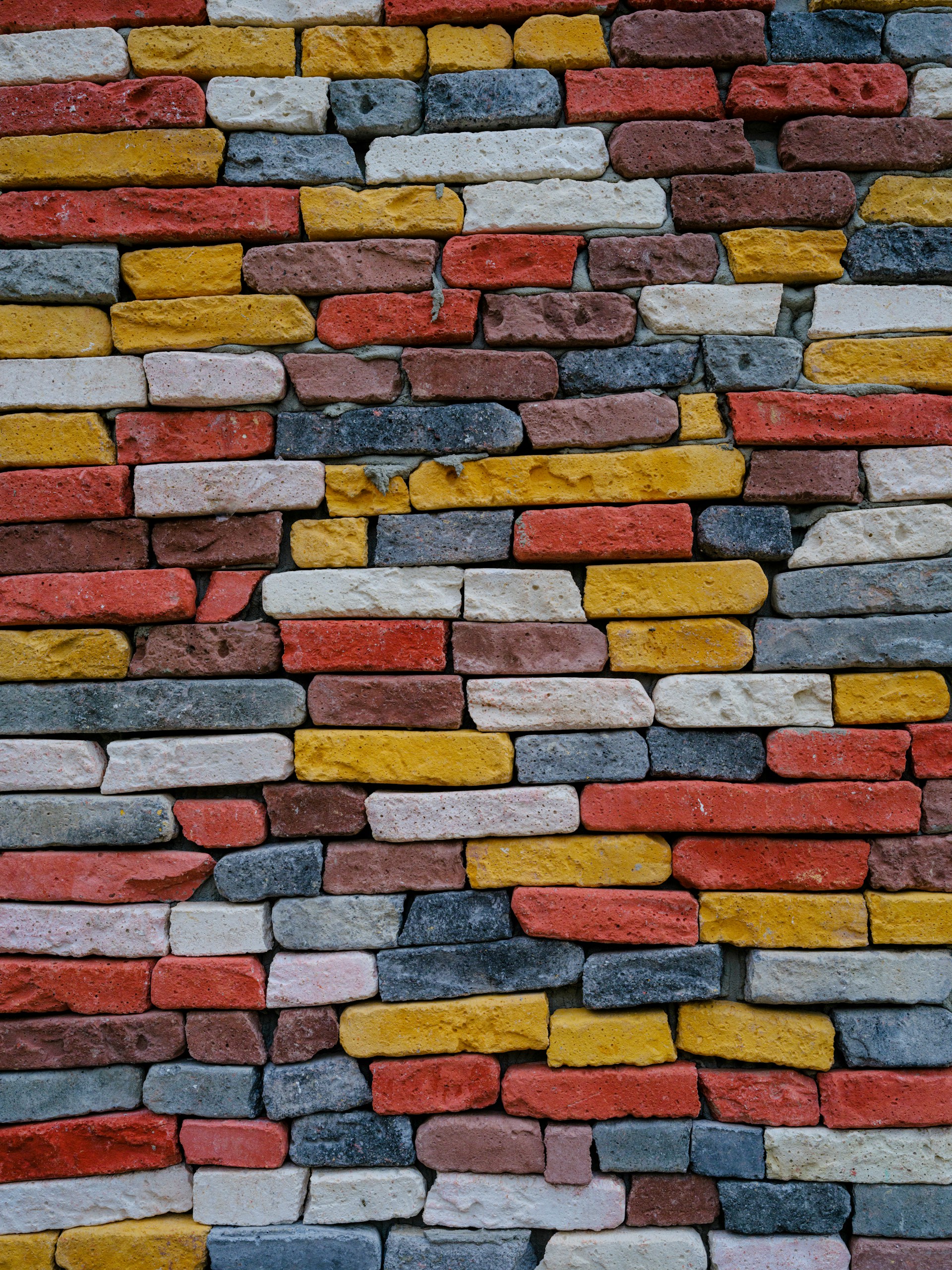Brick brings rustic charm, timeless style, and rock-solid durability to any space—fireplace, patio, chimney, you name it. But let’s be honest: brick does not hide soot well. That black, smudgy residue creeps up your fireplace or walls like it owns the place.
So, how do you clean soot off brick effectively, safely, and without damaging your precious masonry? Let’s dive in.
Understanding the Enemy: What Is Soot, Anyway?
Soot isn’t just dirt—it’s a stubborn little villain. It’s made of carbon particles leftover from incomplete combustion of wood, coal, candles, or gas. Mixed with oils or resins, these microscopic particles cling to surfaces, and brick, being porous, is like a cozy sponge for soot.
The result? Smudges that won’t budge without the right approach—and the wrong method can make it worse, embedding soot deeper or even eroding the brick.
Safety First
Before you go all-in with brushes and chemicals, protect yourself:
- Gloves: Soot is messy and irritating.
- Eye protection: Scrubbing or chemicals can send particles flying.
- Ventilation: Open windows and doors if indoors.
- Test first: Every brick is unique. Try your cleaning method on a hidden area before tackling the whole wall.
Method 1: Dry Brushing for Light Soot
If your soot layer is fresh or thin, dry brushing may be all you need.
What You’ll Need:
- Stiff-bristled brush (nylon works well)
- Vacuum with brush attachment
Steps:
- Vacuum gently to remove loose debris.
- Scrub the brick in a circular motion.
- Vacuum again to pick up residual soot.
Pros: Gentle, non-invasive.
Cons: Won’t remove deeply embedded soot.
Method 2: Mild Soap and Warm Water
For moderate soot, a mild soap solution can lift carbon without harming the brick.
Supplies:
- Dish soap
- Warm water
- Sponge or soft brush
- Bucket
Process:
- Mix a few drops of soap in warm water.
- Soak and wring out your sponge or brush.
- Scrub brick in sections.
- Rinse with clean, damp cloth.
- Dry or air-dry.
Tip: Don’t soak the brick! Too much water can cause mold or efflorescence.
Method 3: Vinegar and Baking Soda Paste
Looking for a natural powerhouse? Vinegar + baking soda is your friend.
Tools & Ingredients:
- White vinegar
- Baking soda
- Bowl
- Sponge or brush
Instructions:
- Make a thick paste: baking soda + water.
- Apply to soot-stained areas.
- Spray or dab lightly with vinegar (hello, fizz!).
- Let sit 10–15 minutes.
- Scrub gently, then rinse and dry.
Pros: Eco-friendly, safe for most bricks.
Cons: Always test first—brick is picky.
Method 4: Commercial Brick Cleaners
For years of stubborn, caked-on soot, you may need a professional-grade solution.
Tips:
- Pick a cleaner specifically for masonry or fireplace brick.
- Follow instructions carefully.
- Wear gloves, goggles, and maybe a mask.
- Don’t overuse—acids or solvents can damage older bricks.
Pressure Washing: Handle with Care
For exterior brick (chimneys, outdoor walls), pressure washing can work—but cautiously.
Pros: Fast, effective on unpainted exterior brick.
Cons: Can damage mortar, push water deep into brick, and is a no-go for interior or painted brick.
Tip: Use low pressure, wide nozzle, and don’t hold the wand too close.
Read More : Can You Mount a TV on Brick? Here’s What You Need to Know Before You Drill
Post-Cleaning Tips: Keep Brick Looking Great
- Seal the brick: Breathable masonry sealant helps prevent soot buildup.
- Maintain airflow in fireplaces and chimneys.
- Burn clean fuel: Dry hardwoods = less soot.
- Clean regularly: Frequent light cleanings beat occasional deep scrubs.

